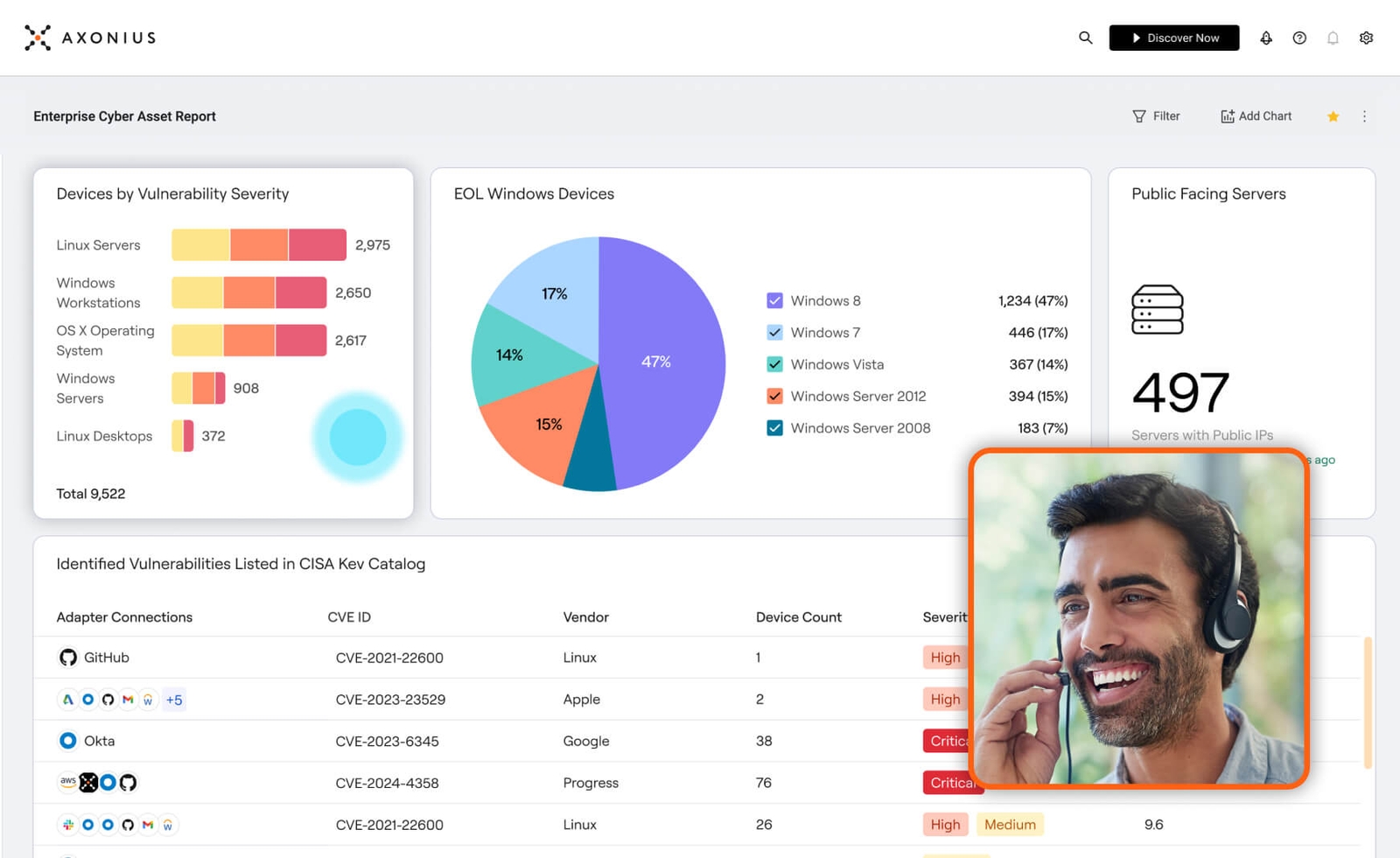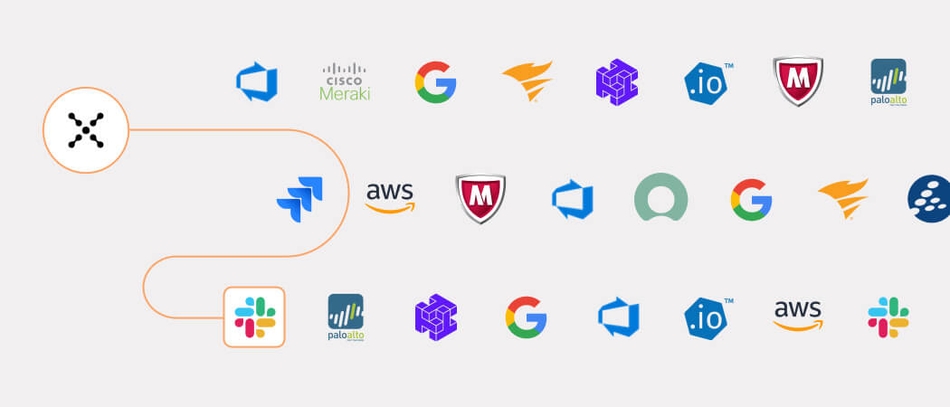How to Manage SaaS Sprawl
Allie Byers

Software-as-a-service (SaaS) app use has skyrocketed over the last few years, and it’s easy to see why. SaaS apps have been instrumental for organizational efficiency, productivity, collaboration, and growth. That’s why today, on average, organizations deploy 87 SaaS apps. For larger organizations, that number jumps to a whopping 231 SaaS apps.
However, factors like rapid SaaS app deployment from work environment shifts, accelerated organizational scaling, and new device introductions have created even more security risks and challenges in the IT environment.
One of the most challenging components of organizational scale and shifts? Managing SaaS sprawl.
What is SaaS sprawl?
The quick onboarding of SaaS apps across an organization has led to SaaS sprawl, a complex “jungle” of SaaS apps that haven't been properly vetted or managed by IT or security teams.
Factors like siloed teams who download redundant or duplicated apps, inefficient IT practices, or lack of security culture can all contribute to SaaS sprawl across an organization.
Circumventing formal IT processes and downloading multiple SaaS apps may seem harmless – and in the age of remote and hybrid work, often easy — but when not addressed, allowing unknown SaaS apps to access an organization’s network can lead to significant security risks for IT and security teams.
A few challenges IT and security teams face when managing SaaS sprawl:
- Lack of SaaS visibility: SaaS apps are easy to use and install, but they can pose significant security risks, including unauthorized or unsanctioned app use. And because SaaS apps are often hosted or managed by third-parties, they’re attractive targets for cyber criminals. But without comprehensive visibility into a company’s entire SaaS stack, including app location, procurement, management, and configuration, it’s impossible to ensure critical data protection.
- Shadow SaaS: Shadow SaaS occurs when employees onboard SaaS apps without IT’s knowledge or don’t meet IT requirements. As digital transformation efforts skyrocket and organizations grow, shadow SaaS has increased exponentially – creating unknowns about where data resides and who has access to it – increasing the risk of data leaks, breaches, and compliance issues.
- Expanding attack surfaces: As SaaS app onboarding surges across workplaces, so does attack surface growth. This makes it harder for IT and security teams to manage security operations and processes. And unfortunately, this leads to a higher risk of misconfigurations and wider points of entry for bad actors to access sensitive data hosted across SaaS apps.
How to control SaaS sprawl
SaaS applications aren’t going away anytime soon — the benefits they provide make them a necessary component of an organization’s attack surface. So, how can organizations maintain good SaaS security posture while providing SaaS applications?
- Create a dynamic SaaS app inventory: You can’t secure what you don’t know exists. Axonius SaaS Management helps identify and reduce SaaS sprawl by providing a dynamic asset inventory of SaaS applications that live in the IT environment, including unknown and shadow SaaS apps. Providing valuable context into who has access to each, Axonius allows teams to understand what apps are being used for, and the risks associated with them, including vulnerabilities, misconfigurations, and suspicious behaviors.
- Establish SaaS processes: IT and security should be involved in the SaaS procurement and management processes from the beginning. Establishing a foundation for SaaS app usage and clear vetting processes when onboarding and offboarding SaaS apps can help reduce security gaps at the start and end of SaaS app usage within an organization, controlling SaaS sprawl.
- Reduce your attack surface: Understanding the state of the SaaS environment is critical to identifying SaaS apps that involve security risks like unsanctioned, shadow, or unmanaged apps – or those that are generally unnecessary, like redundant or duplicated SaaS apps.. Axonius allows IT and security teams to automatically identify SaaS apps that aren't being used and reduce the attack surface.
Axonius SaaS Management provides a comprehensive understanding of the SaaS environment, allowing IT and security to identify and mitigate SaaS sprawl and the security challenges it creates. By gaining full visibility into all SaaS applications, teams can mitigate threats, uncover vulnerabilities and suspicious activity, and control complexity.
Categories
- Cloud and SaaS Security

See Axonius in action
Discover what’s achievable with a product demo, or talk to an Axonius representative.





.png?width=950&auto=webp&format=jpg&disable=upscale)